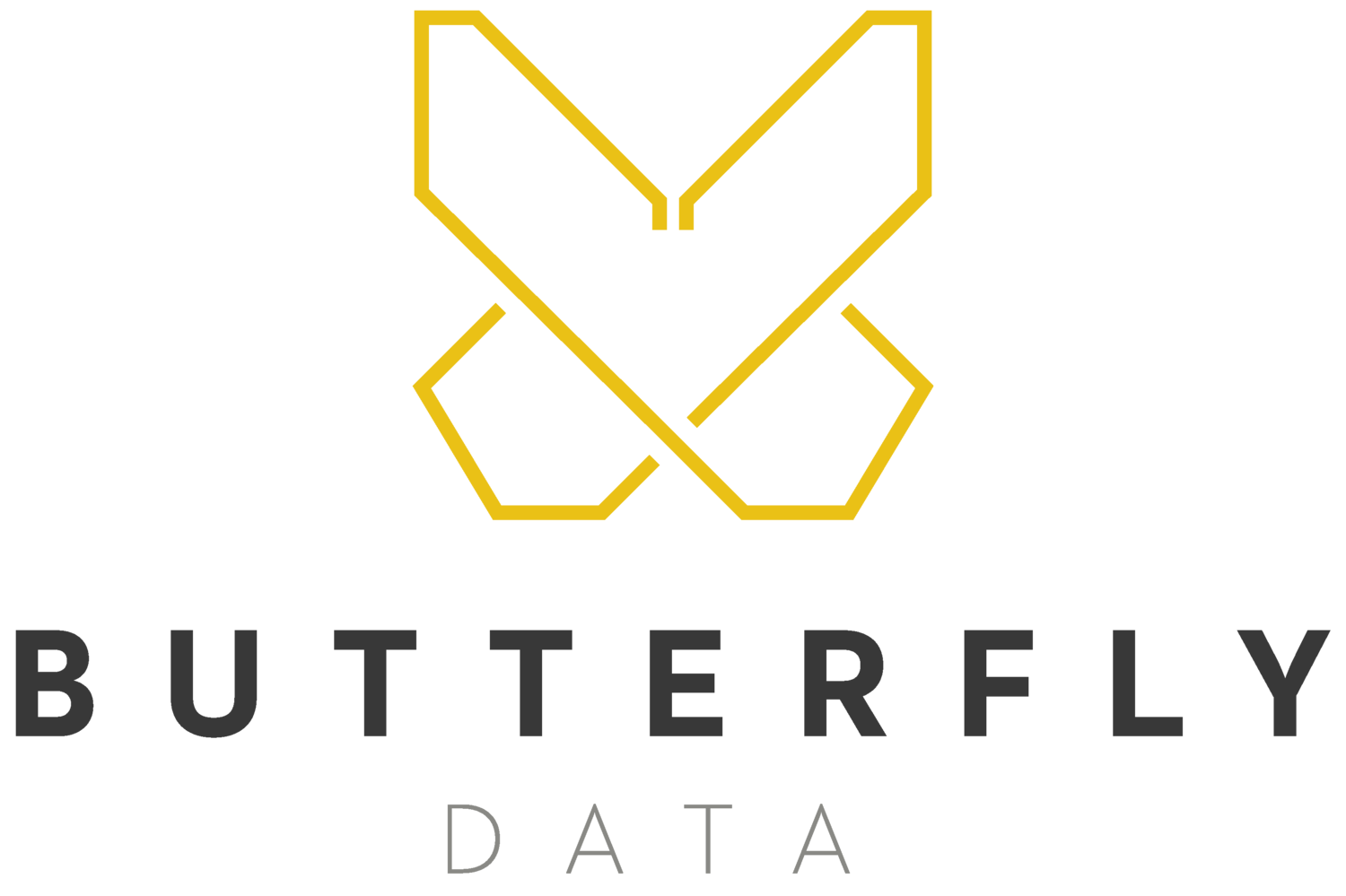Hackolade - Another View of Data Management
As a team that takes on data management problems, one of the things that we consistently do is adapt and adjust dynamically to different data scenarios. Our various projects gives us that frequently, and with it an opportunity to explore and learn new things. I recently started a new project which required me to learn a new suite of data management tools. This stage of learning fascinates me, so this was a great opportunity for me.
One of the task that I was given, was to carry out an investigation on various data modelling tools. I came across a very interesting tool called Hackolade. My provisional research produced some interesting finds, so I decided to continue reading into it.
Hackolade Studio is a user-friendly yet robust tool for performing the visual data modelling and schema creation of numerous NoSQL databases, REST APIs, storage formats, and RDBMS JSON. Data analysts, solution architects, developers, DBAs, and other stakeholders who want a clear grasp of their data structures are the target audience for this application. Hackolade has various versions which are all desktop applications. Within this desktop application there is a workgroup edition, professional edition, personal edition, viewer edition, and evaluation edition.
The creation of a database model helps to assess design options in advance, consider the implications of various alternatives, and identify potential obstacles before devoting significant amounts of development effort—rather than having to hunt for data structures that are implicitly described in the application code. To reduce rework later, planning with the use of a database model is helpful. Ultimately, the modelling approach lowers execution risks, speeds up development, and improves application quality.
Many of the features of Hackolade are simple and there is an intuitive user interface – this UI has been designed to be straightforward and efficient, reducing the learning curve and enabling you to begin modelling immediately without having to read the user manual in its entirety. Hackolade covers several industry standards – JSON Schema and entity relationship theory are good examples of this. Just enough of them are used by Hackolade to accomplish its goals. However, their quality should be moderated to prevent impeding the feasible development of NoSQL document models.
Additionally entity relationship diagrams can be shown in visual form for JSON documents. In a world without schemas, schema design would seem contradictory. In order to show demoralized data in a comprehensible manner in non-relational database, Hackolade employs entities. In editing graphic hierarchical schemas - Hackolade is specifically made to manage polymorphic semi-structured schemas, denormalisation, and the potent nature of nested objects. It makes use of a JSON Schema notation that is simple to maintain and see in a hierarchical schema view.
In summary, Hackolade has great reviews when it comes to polyglot data modelling. My experience of it has been very positive so far and it should fill a niche in the modelling market.

